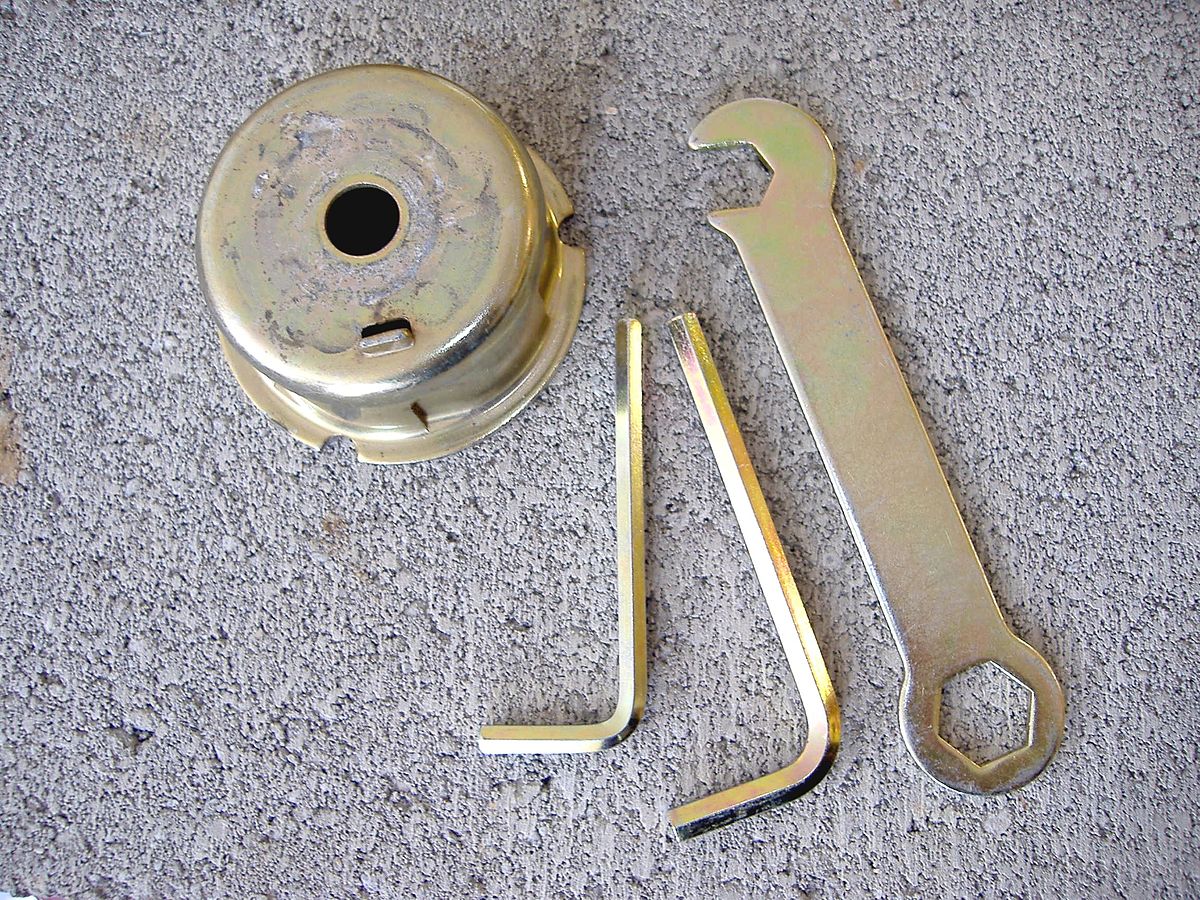I’ve already completed my 90Ah 24V LFP battery using bundled copper busbars and stainless screws, but I’ve got to dissamble it to add the 8S wiring harness for a BattGO battery monitor, so I’m trying to understand whether I should do anything different to better protect against galvanic corrosion caused by dissimilar metals.
The battery will be used in a basement environment in the Bay Area so temps will be mild (50-70F) and humidity will be 65-75%.
Is copper-to-Aluminum, Stainless-to-Aluminum, or copper-to-stainless the mix that is of greatest concern in these conditions?
Is there any easy way using some sort of grease or another coating that I can reduce/avoid the possibility of galvanic corrosion?
How big of a concern is the possibility of galvanic corrosion using these standard LFP battery ‘kits’ in this relatively benign environment?
The battery is rated for 3500 cycles which amounts to close to 10 years cycling once per day - is corrosion likely to be an issue I’ll have to deal long before then and is there a cheap/easy way to avoid the issue for the lifetime of the battery?
The battery will be used in a basement environment in the Bay Area so temps will be mild (50-70F) and humidity will be 65-75%.
Is copper-to-Aluminum, Stainless-to-Aluminum, or copper-to-stainless the mix that is of greatest concern in these conditions?
Is there any easy way using some sort of grease or another coating that I can reduce/avoid the possibility of galvanic corrosion?
How big of a concern is the possibility of galvanic corrosion using these standard LFP battery ‘kits’ in this relatively benign environment?
The battery is rated for 3500 cycles which amounts to close to 10 years cycling once per day - is corrosion likely to be an issue I’ll have to deal long before then and is there a cheap/easy way to avoid the issue for the lifetime of the battery?





